Empowering Community Through Art
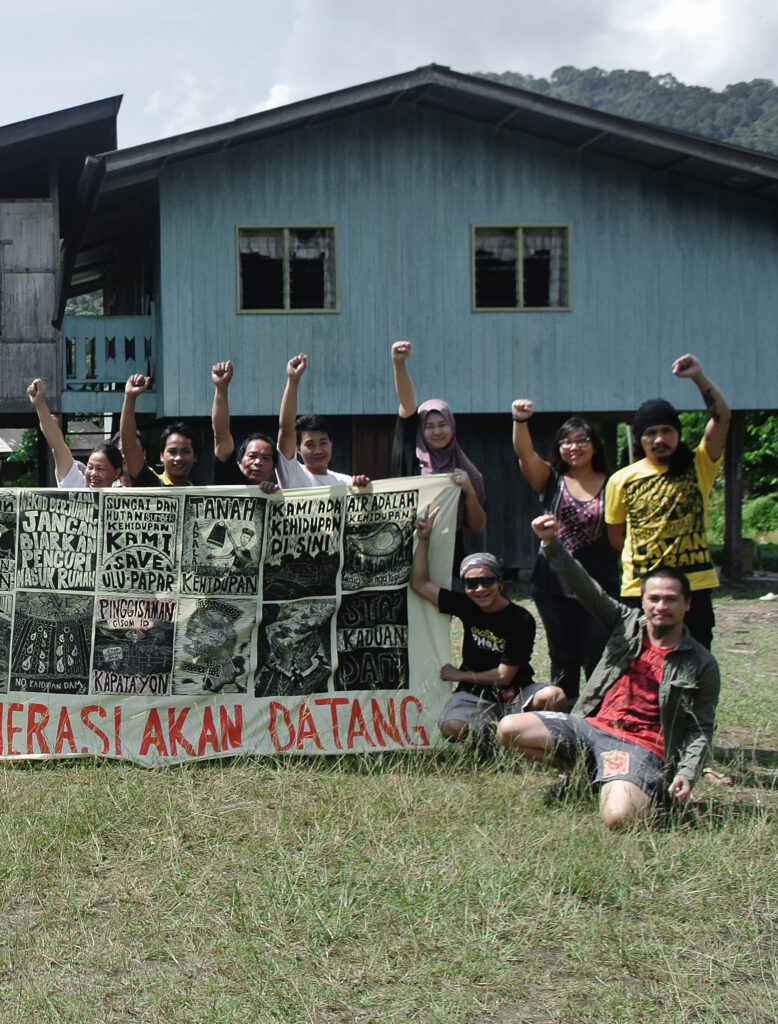
On the other hand, we believe that collaboration should be organically self-organized by the collaborators rather than having a leader who gives instructions. Anyone has the right to speak up if something needs to be corrected. Individualism is rejected in favor of collaboration, which encourages all parties to participate. We do not reject mistakes because, as humans, we must accept and be open to all situations. We cannot rely solely on one person to make decisions because, in collective life, the system of collaboration must have a mutual agreement at its heart. In our experience, when an individual decision is required, it should benefit the entire project rather than the individual. Mutual discussion can improve an idea, and this is a process that will always occur between collaborators. This ongoing dialogue is what will foster trust.
Playing the guitar and singing songs in a local language that the public is familiar with is the most efficient way for us to socialize in the community. This process enables us to identify individuals who have a vibrant spirit, are eager to socialize and enjoyable to meet. As visitors to a community, it is our responsibility to put aside our egos and to initiate contact. As a result, there is a recognition that collaboration should seek not to assimilate, degrade or transform collaborators into a homogeneous or static entity but rather to explore their latent abilities. Finally, family relationships and friendships are successfully formed as a result of various levels of social interaction such as this, thereby breaking down the relationship system between, for example, employees and employers.
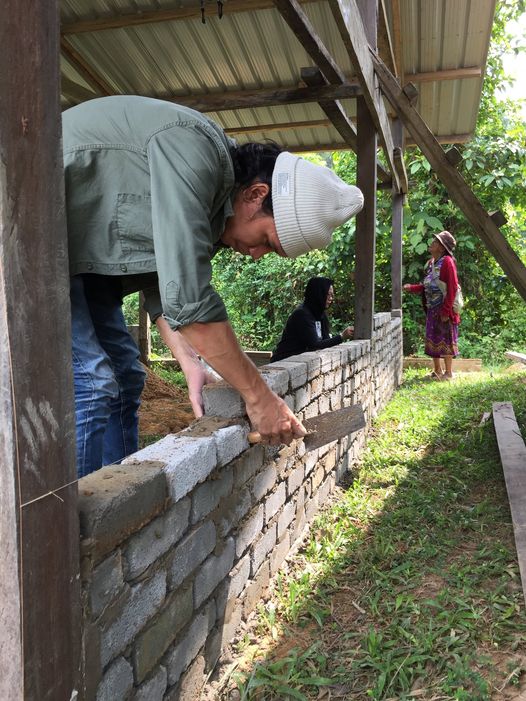
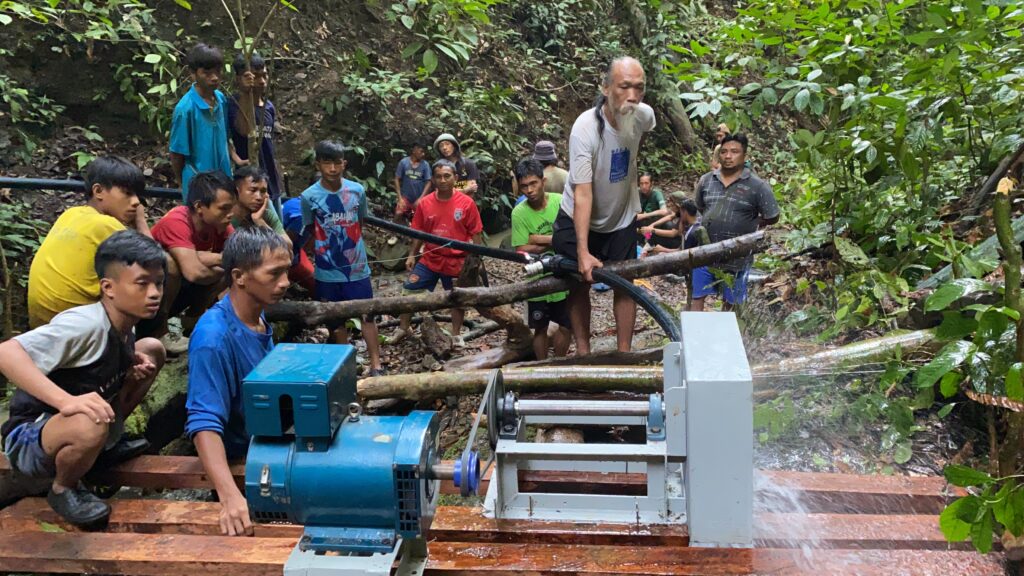

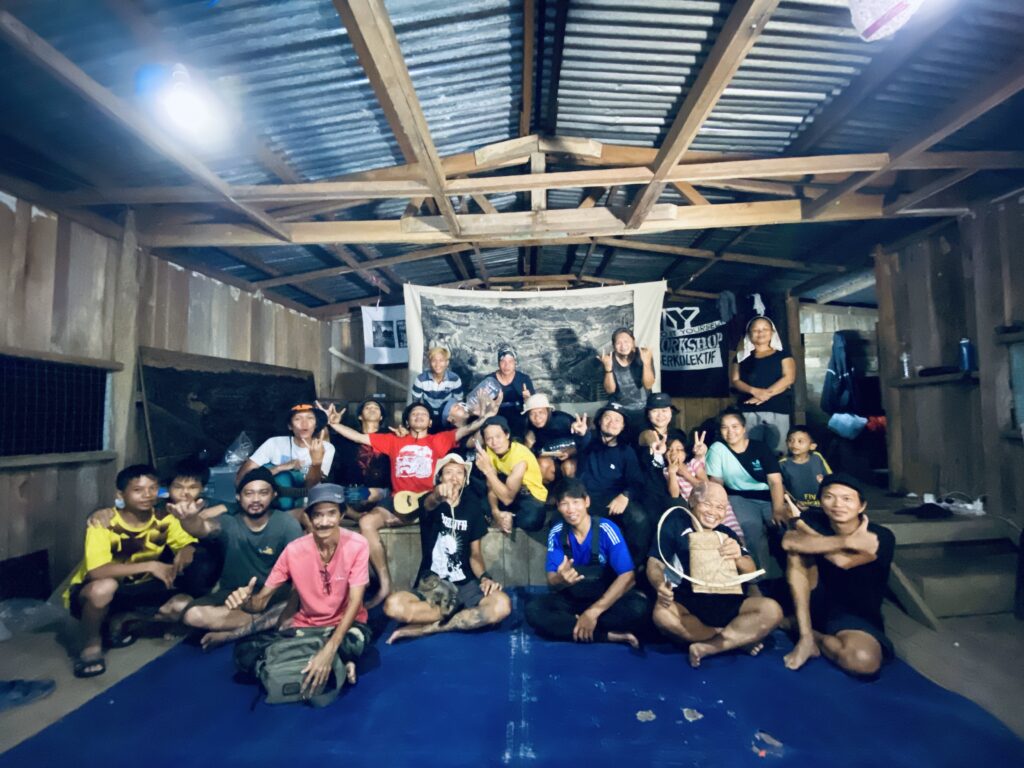
The relationship between us and other collaborators is not limited to a single project using this method. However, it will help to establish a network in other locations and provide opportunities for future projects. We were able to foster a consensus among new contacts and sometimes bring old friends together to make a project. In Kota Kinabalu, for example, we collaborated with several local artists to create a community space. There is a record store run by a friend from the music scene as well as a cafe run by the collective Borneo Komrad. There are also bookstores, crafts and clothing stores. We take our inspiration from Gudskul Indonesia, which has successfully created an ecosystem for several collectives to come together under one larger roof. For us, this marks the start of a long-term collaboration between several local collectives. And our collective system adapts to new collaborators, adding elements such as transparent discussions.
We believe that the true goal of collaboration is found because each of us is an artist with a different and unique level of creativity. Future collaborations will produce results that are not based on object-based absolutes but are, rather, a reaction to a contemporary art that overinflates the art market and institutions. A collaboration based on continuous engagement, a mix of different individuals who are open to shaping themselves in the interests of mutual progress, will create and promote democracy by bringing art to a society that is not used to it. Indeed, many people believe that art should only be owned by those who are talented, such as those who are good at drawing. No. We consider aesthetics to be secondary. For example, the majority of our posters or artworks make use of popular local terms. This is because we believe that by using vernacular languages, or those commonly used by locals, we will be able to share ownership with the community. We are always involved in every local event and collaborate with community organizations of various disciplines through our collective practice. This enables us to reach a broader range of audiences, not just those associated with the arts.
We express ourselves through the art of wood carving prints. We also provide the same service to the community. We oppose any action that has the potential to harm society and the environment. This is because the majority of today’s local collaboration systems are already influenced by those with vested interests when the capitalist system emerges. This system has a direct impact on the indigenous peoples around us and pollutes the existing traditional system. Traditional economic activities, for example, are increasingly being forgotten due to their incompatibility with modern life. We encourage the community around us, with a small effort, to maintain simple lifestyle practices in order to restructure problems that arise and fight for their survival. Comprehensive community participation enables the formation of stronger defenses in the face of current unfavorable and oppressive developments.
This aligns with our slogan, “Jangan Beli, Bikin Sendiri” (Don’t buy it, do it yourself). The tradition of creative and alternative solutions that do not rely on external elements – for example, communal work between rural communities to build houses, natural resources that are available in a community that they use sustainably without completely damaging the ecosystem – has become one of the traditions passed down from generation to generation. Capitalist elements, such as logging, have an impact on and pollute the local ecosystem. According to our observations, all of the local community collaborations in which we participate already exhibit these characteristics. In fact, things like this teach us a lot about preserving a place’s traditions, culture and history through an artistic approach.

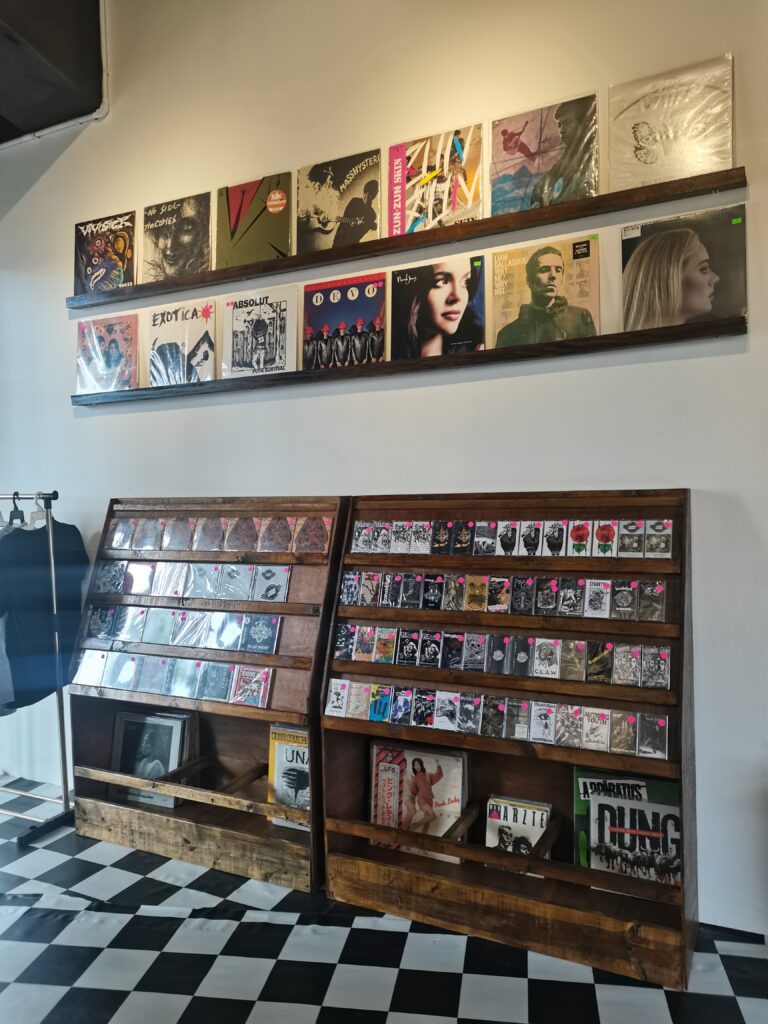

We not only produce woodcut print with the community, but we are also involved in village activities throughout our involvement. In addition to documenting history and oral traditions, such as the craft house project in Kampung Keiyep, Ranau. We also had the opportunity to learn farming, hunting and even medicine from the villagers. We believe in the “teaching and learning” process because we believe that everyone is a teacher. Each of us has a unique set of skills. We cannot be arrogant because of the few advantages we have because the village people are very knowledgeable. Thanks to this symbiotic factor, we can learn a lot from how they solve problems with the resources they have. Being aware of this, we do not consider ourselves to be artists who bring art to the public. Rather, it is merely a medium or communication space for us to connect with the community.
We strive to create works that have a social impact in every work we create. We believe that art can be a very effective medium of communication in developing societies. For us, art is an effective medium for connecting the collective and society. As a result, we produce a large number of graphic works in the form of messages and criticism that cover a wide range of topics, including human rights issues, politics, tradition, culture and environmental topics. Building networks with different layers of society is also critical for us to understand every issue and problem that arises in our community.